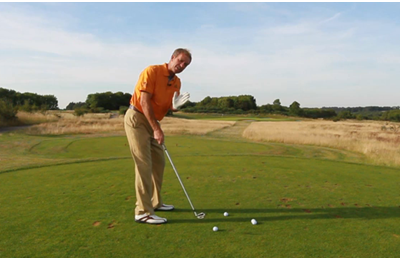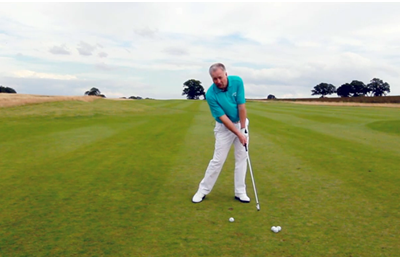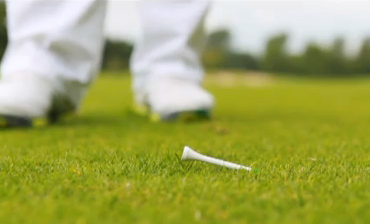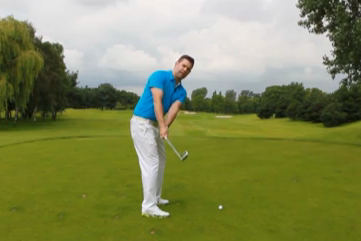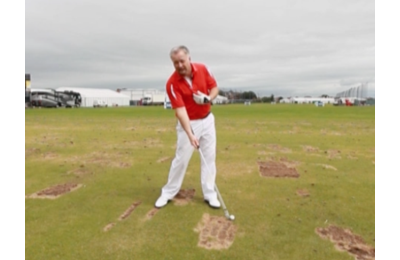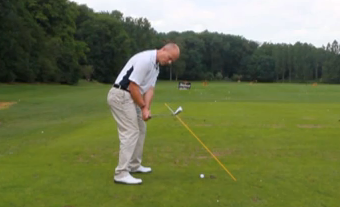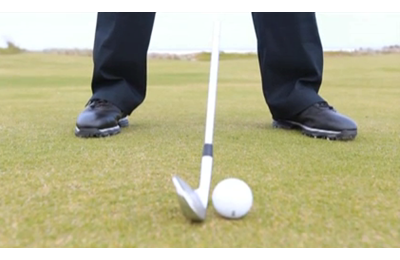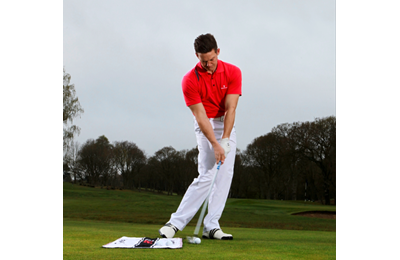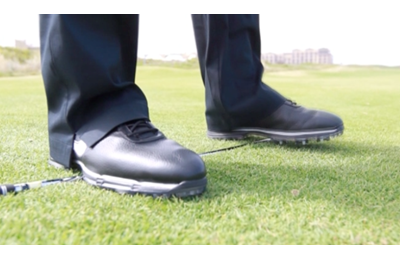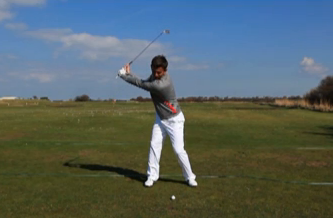One takeaway drill, three great benefits
Written by Scott Cranfield on Thursday 27 September 2012
If there’s one drill you should practice on the range this winter to get your game in shape, this offering from TG Pro Scott Cranfield has got to be it. It’s so simple to do and will help create a more neutral swing direction, a smoother takeaway and better timing throughout the swing. By rolling a ball away with the back of...
